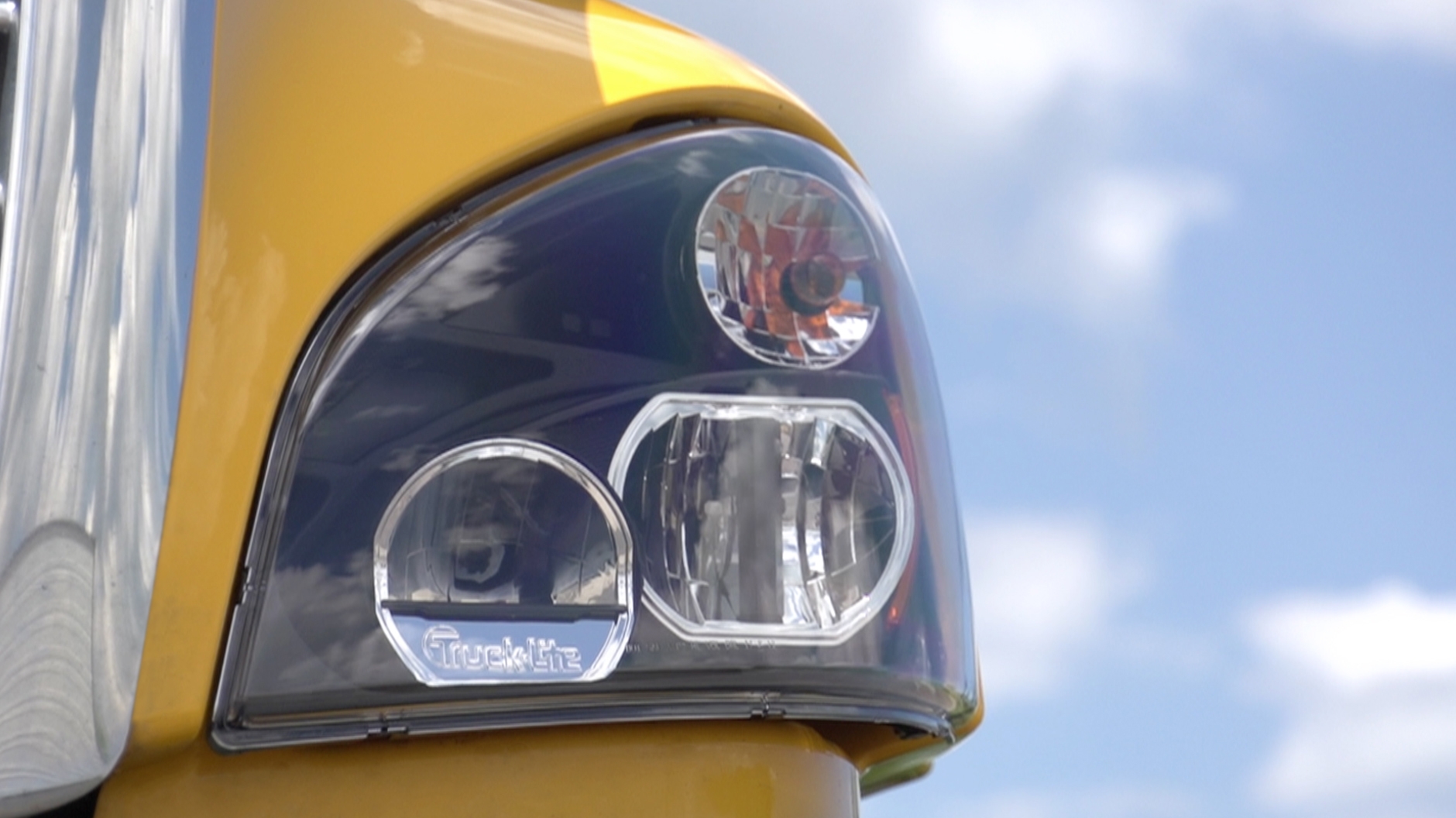The incandescent lamp is still the most common light source for all lighting on a vehicle. Thinking back, I believe I spent about 60% of my time replacing lamps and lights that had failed.
Changing from an oil lantern for nighttime driving to electric lamps was a major improvement to the way we lit our way down the road. As speeds increased, the need for better and brighter headlights became an absolute must. Night driving safety was improved as lighting Improved, and incandescent bulbs were the best choice at the time.
The incandescent lamp is still the most common light source for all lighting on a vehicle. The average life span of a standard incandescent bulb is about 1000 hours, while heavy duty bulbs can last as long as 2000 hours. Incandescent bulbs are not very efficient as far as power consumption is concerned, but they are cheap. The most common cause of failure of an incandescent bulb is vibratory shock but some just burn out. And now things have changed.
New technology is a wonderful thing, but it is expensive when its new. LEDs (light emitting diodes) are the best thing, in my opinion, to come to the trucking industry since air ride. Why? An LED lamp can last as many as 100,000 hours, that’s a lot of night driving, or if you run lights on for safety in the daylight, that’s a lot of days trucking. And in most cases they are brighter and the turn and brake lights are crisper.
The first LED replacement lamp I saw was a four inch round taillight for a trailer, it was $85. The same lamp in incandescent was $2.95, huge difference, was it worth it? At the time I worked for a small fleet and was on a very tight budget, so I thought not. Thinking back, I believe I spent about 60% of my time replacing lamps and lights that had failed. If I had changed to LEDs that may have been lowered to 10%, labor and replacement parts costs would have gone down as well. As they say, “Hindsight is 20/20,” or “Live and learn”.
When we bought our first truck it was 100% incandescent. I had to replace at least one bulb almost every day we ran. I bought bulbs by the box, $6.50 for ten bulbs. Changing the bulbs on the top of the cargo box was a challenge. Do you get on top of the box or carry a ladder? I carry a ladder. But the point is, I had to do it almost every day. One day I was at the Sapp Bros truck stop in Council Bluffs Ia. looking for another box of bulbs. I needed three that day, and saw they had a sale on LED lamps. The lamps on sale would replace the incandescent lamps on my truck perfectly. That day I switched to LEDs. I never had to replace another lamp on the cargo box.
Do LEDs fail? Yes, but they don’t fail like incandescent bulbs fail. In most cases there are many diodes in each lamp, so if one diode fails there are others there to keep the lamp burning. The popularity has risen, so the cost has come down on LED lamps. The four inch lamp in incandescent is now $5.99 and the same lamp in an LED is as low as $14.99. I would say you can’t afford to buy the incandescent lamp.
On our first truck the headlamps were halogen incandescent, these needed to be replaced about every five or six months. I carried four spares in the truck as they were odd and hard to find. The Cascadia is equipped with halogen headlamps and the beams are very well aimed and brightness is good also. We have just changed to Truck-lite LED headlamps; what a difference. The light is very white, not the yellowish white of the halogen lamps that were original equipment. Now the only lights on the outside of the truck that are not LED are the front marker/turn on each side. These new LED headlamps are available as a factory option as well as aftermarket. With the projected life of LEDs I expect the headlamps may outlive me.
LEDs also use much less amperage to light. That means those that choose to have lots of “chicken lights” can have more lights with less amperage draw. Alternators won’t have to work as hard to keep up with lights.
